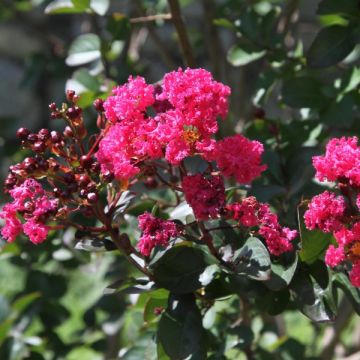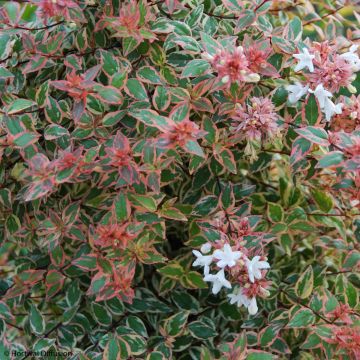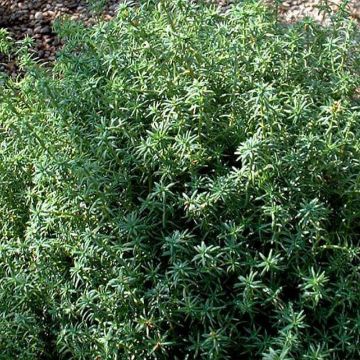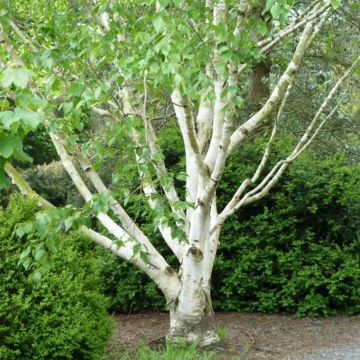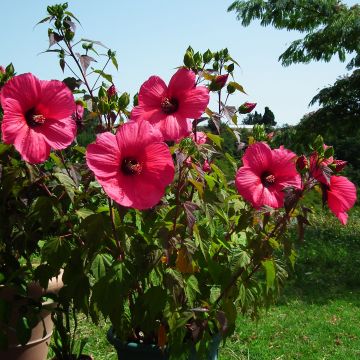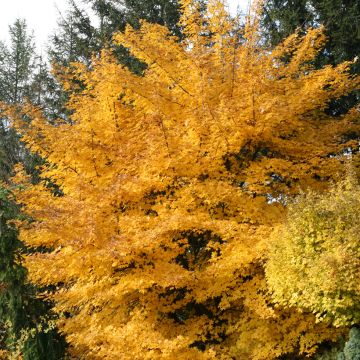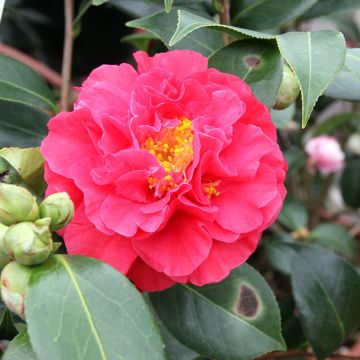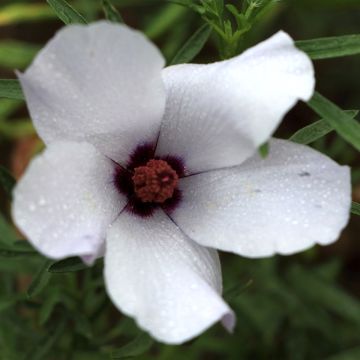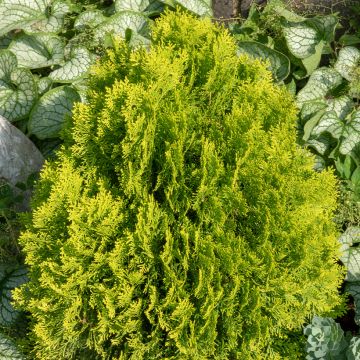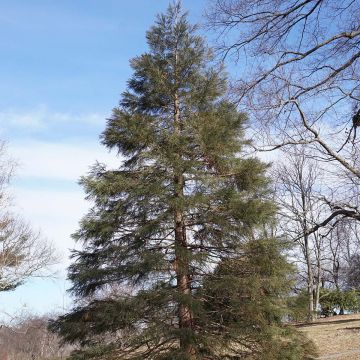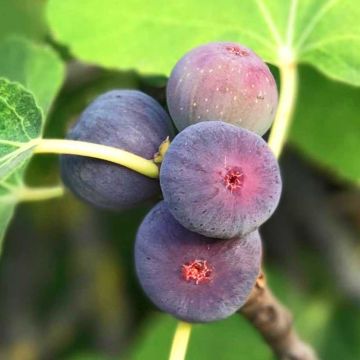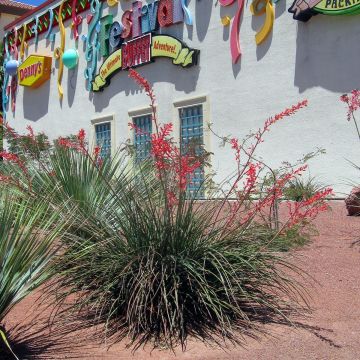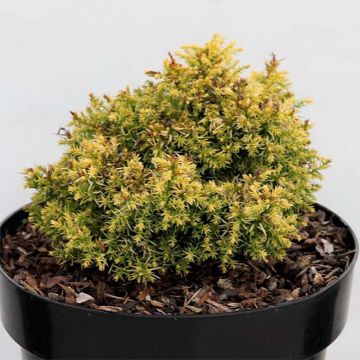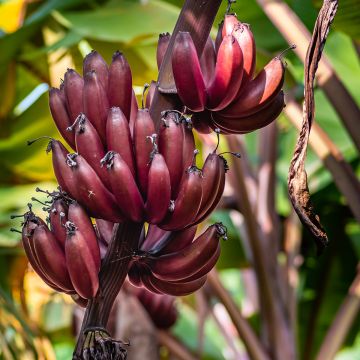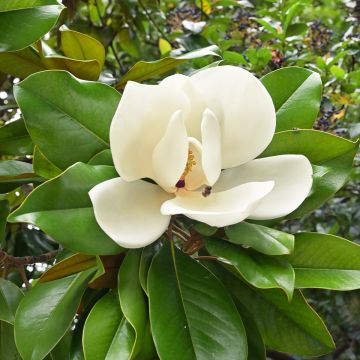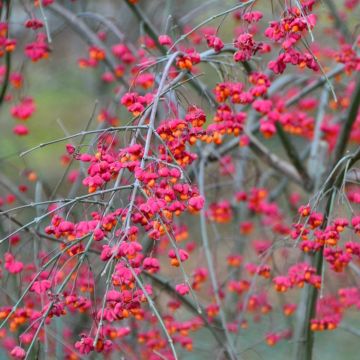Shipping country and language
Your country of residence may be:
Your country of residence is:
For a better user experience on our website, you can select:
Your shipping country:
Andorra
Austria
Belgium
Bulgaria
Canada
Chile
Croatia
Cyprus
Czechia
Denmark
Estonia
Finland
France
Germany
Greece
Hungary
Iceland
Ireland
Italy
Latvia
Lithuania
Luxembourg
Malta
Monaco
Netherlands
Poland
Portugal
Romania
Slovakia
Slovenia
Spain
Sweden
Switzerland
United Kingdom
We only deliver seed and bulb products to your country. If you add other products to your basket, they cannot be shipped.
Language:
French
German
Spanish
English
My Account
Hello
My wish lists
Plantfit
Log in / Register
Existing customer?
New customer?
Create an account to track your orders, access our customer service and, if you wish, make the most of our upcoming offers.
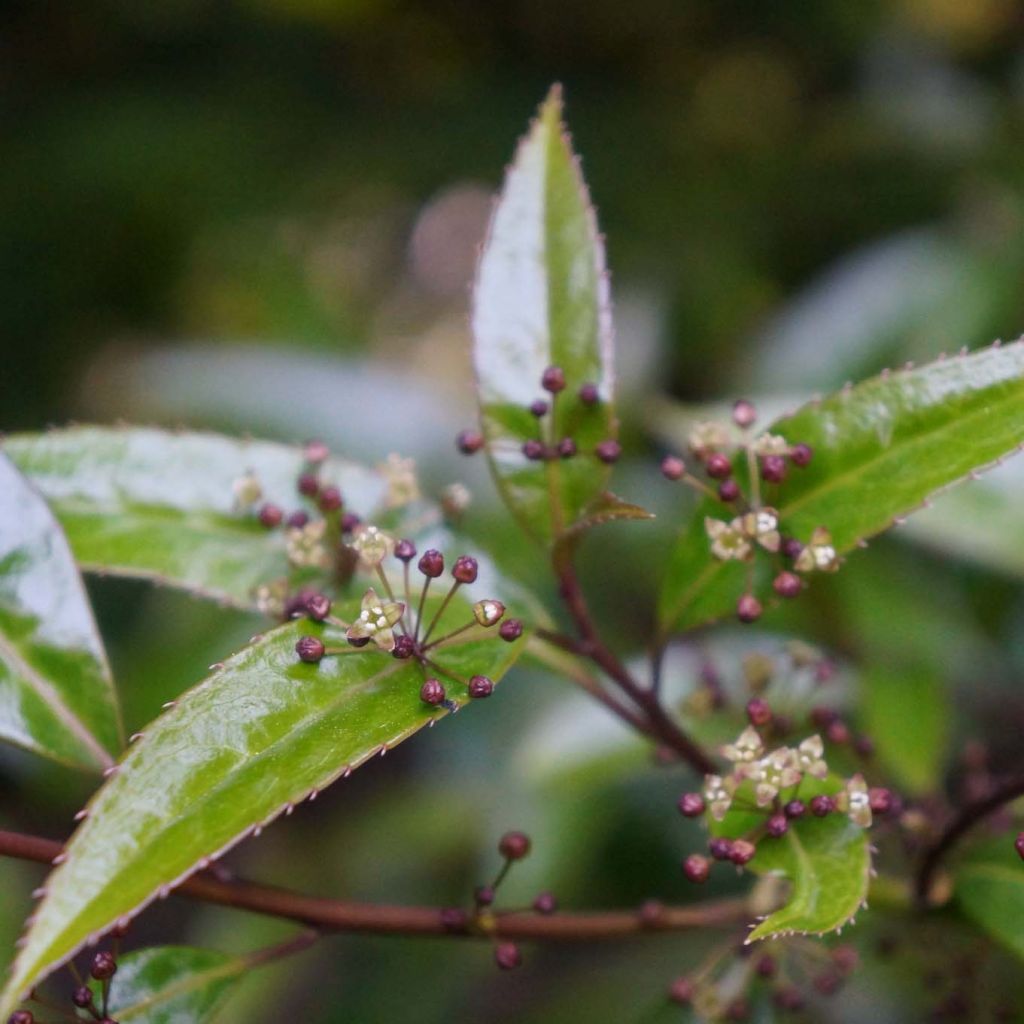

Helwingia himalaica - Helwingie de l'Himalaya
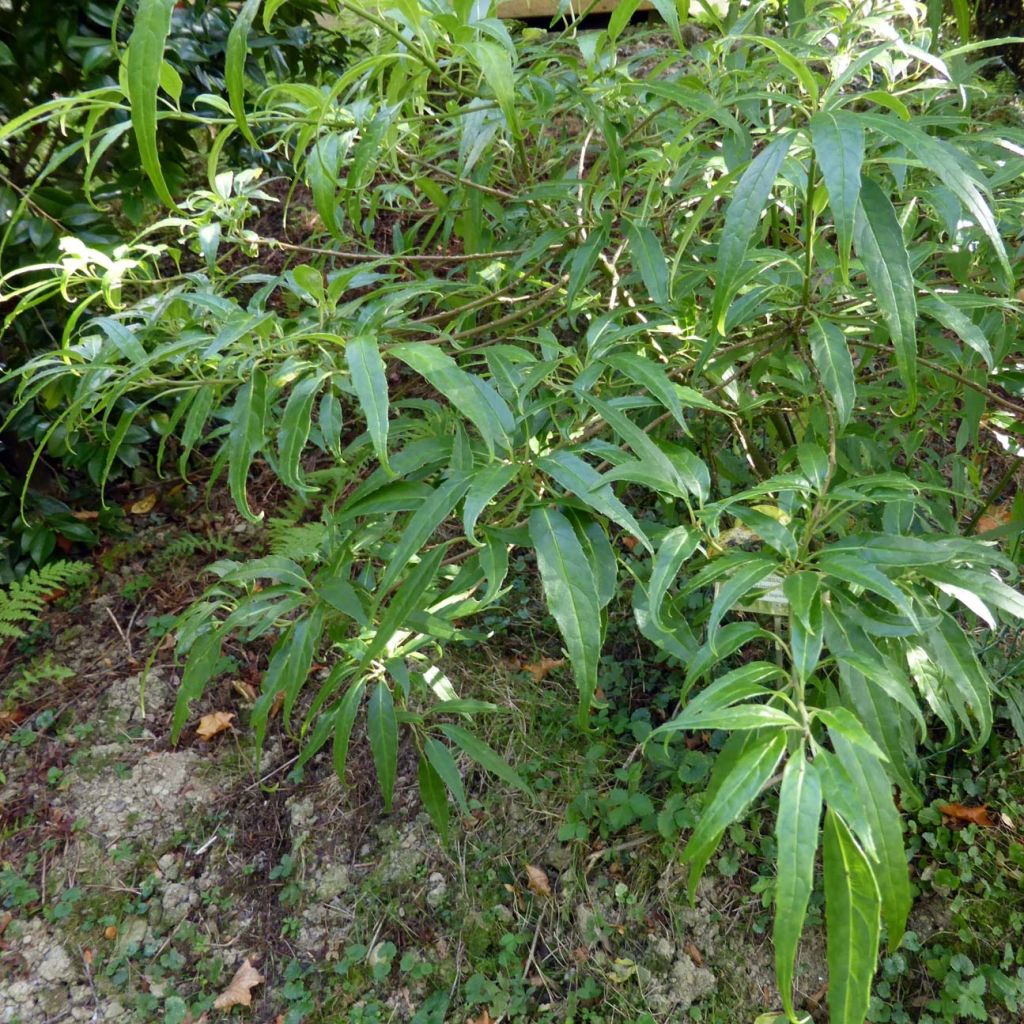

Helwingia himalaica - Helwingie de l'Himalaya
Helwingia himalaica
Helwingia himalaica
Some branches were broken during transportation, but the young plant remains very beautiful with an original foliage... and we will monitor the appearance of the flowers...
Elisabeth, 27/04/2022
Order in the next for dispatch today!
Dispatch by letter from 3,90 €.
Delivery charge from 5,90 € Oversize package delivery charge from 6,90 €.
More information
This item is not available in your country.
Shipping country:
Andorra
Austria
Belgium
Bulgaria
Canada
Chile
Croatia
Cyprus
Czechia
Denmark
Estonia
Finland
France
Germany
Greece
Hungary
Iceland
Ireland
Italy
Latvia
Lithuania
Luxembourg
Malta
Monaco
Netherlands
Poland
Portugal
Romania
Slovakia
Slovenia
Spain
Sweden
Switzerland
United Kingdom
Schedule delivery date,
and select date in basket
This plant carries a 24 months recovery warranty
More information
We guarantee the quality of our plants for a full growing cycle, and will replace at our expense any plant that fails to recover under normal climatic and planting conditions.
From 5,90 € for pickup delivery and 6,90 € for home delivery
Express home delivery from 8,90 €.

Would this plant suit my garden?
Set up your Plantfit profile →
Description
Helwingia himalaica resembles its close relative the Chinese Helwingia, but it loses its leaves in winter and is more cold-resistant. It is an Asiatic bush that is rarely planted in gardens but will delight collectors of unusual plants. It has a nearly unique characteristic, in that its flowering emerges from the central vein of the leaves, often in early summer. Its foliage, dense and attractive, is composed of thin and long dentate leaves of a shiny green colour. Preferring coolness and shade, it thrives in woods, in well-drained, humus-rich and moist soil.
Helwingia himalaica (Himalayan Helwingia) belongs to the botanical family Helwingiaceae. It is common in dense woods, particularly in eastern Nepal, between 2100 and 2700 meters (6900 and 8900 feet) above sea level, as well as in forests and woodland edges located between 1700 and 3000 metres (5600 and 9800 feet) in western China. With vigorous growth where it is happy, this elegant bush measures about 1.50 m (5 ft) at the age of 10, and reaches a height of about 2.50 m (8 ft) and a width of 1.20 to 1.50 meters (4 to 5 ft) at maturity. It bears shiny, thin and narrow, lanceolate and heavily dentate leaves from spring, measuring 10 cm (4 in) in length. They are fairly dark green, sometimes tinged with purple-violet on the edges, and fall in autumn. This perennial plant displays a rarely observed botanical curiosity, namely that its flowers emerge from the centre of the leaves. This morphology results from a fusion between the flower stalk and the leaf stalk. The purple flower buds, emerging in May-June from the central vein of the leaf, open up into small greenish-white flowers. Being dioecious, a male and a female plant are necessary to obtain purple berry fruits, isolated in the centre of the leaves.
This decorative bush, with its flexible habit and foliage, thrives in shaded and cool areas of the garden that are sometimes difficult to landscape. It is ideally placed at the back of a border, in company with shade-loving shrubs and perennial plants whose foliage provides contrast in both colour and shape - such as Japanese maples, dwarf honeysuckles, shrub or climbing hydrangeas, azaleas, or even golden-leaved hollies. At the back of a border of shade-loving perennials it will blend perfectly with tall Hostas, Heucheras, Caucasian forget-me-nots, or knotweeds.
The genus Helwingia was named in honor of Georg Andreas Helwing (1666-1748), a German pastor and botanist who discovered and described numerous Prussian plants, including Pulsatillas.
Helwingia himalaica in pictures
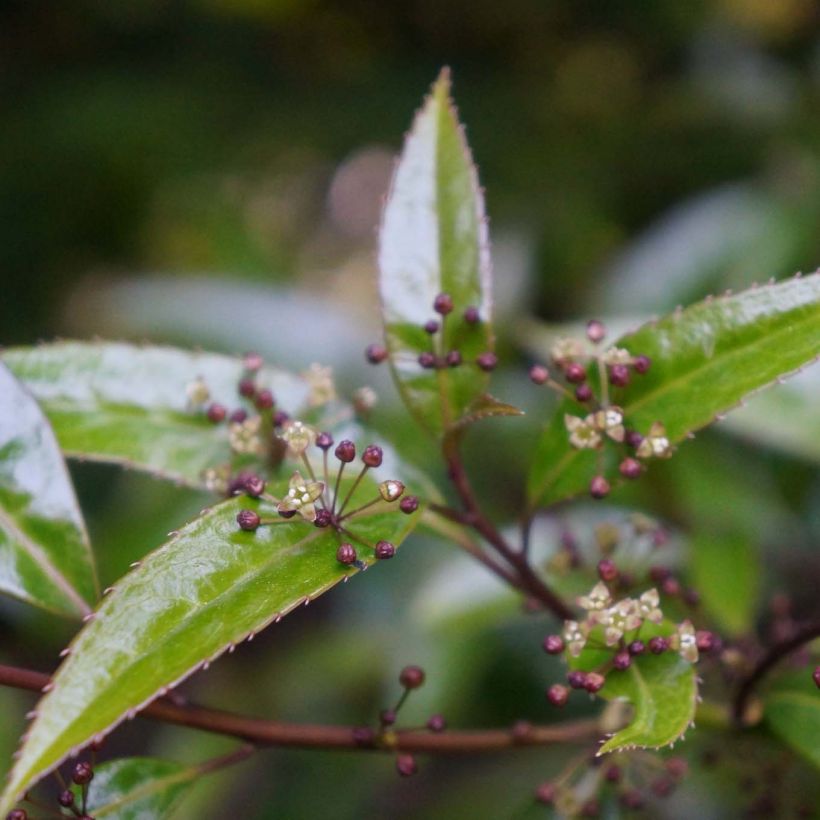

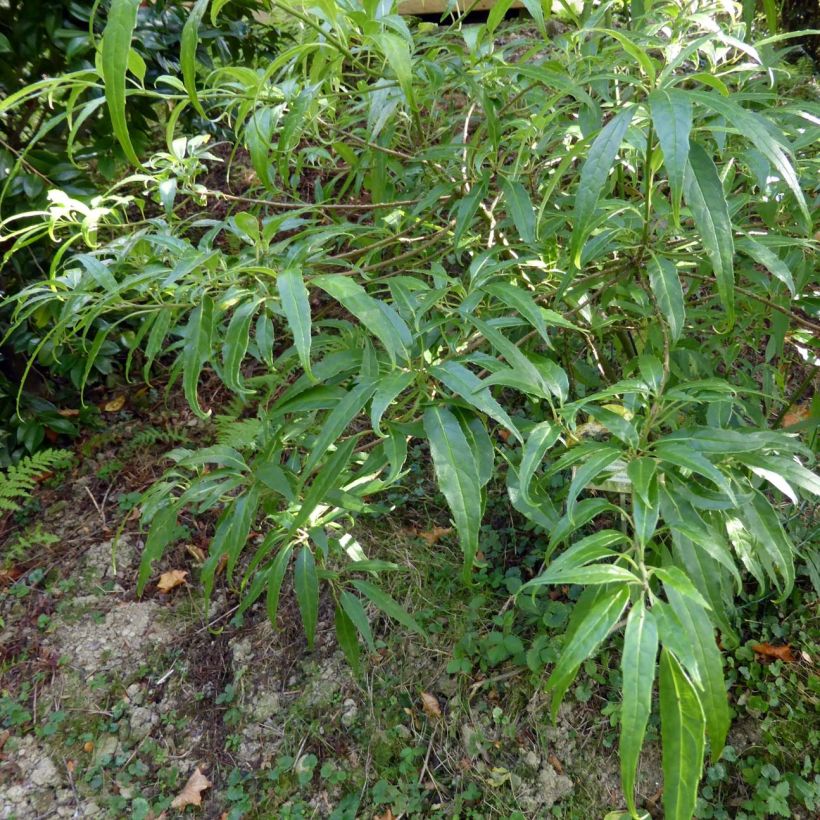

Plant habit
Flowering
Foliage
Botanical data
Helwingia
himalaica
Helwingiaceae
Himalayas
Other Shrubs A to Z
Planting and care
Helwingia himalaica is planted in spring or autumn. Its hardiness is evaluated at -15°C (5 °F). This bush appreciates shade (dense undergrowth) or partial shade (edge of undergrowth, light undergrowth) and moist, loose, humus-rich and well-drained soil. In case of a dry summer, mulching and regular watering will be necessary to maintain constant moisture. It has no enemies in European gardens and requires very little maintenance where it thrives.
Planting period
Intended location
Care
- , onOrder confirmed
Reply from on Promesse de fleurs
Striking foliage shrubs
Haven't found what you were looking for?
Hardiness is the lowest winter temperature a plant can endure without suffering serious damage or even dying. However, hardiness is affected by location (a sheltered area, such as a patio), protection (winter cover) and soil type (hardiness is improved by well-drained soil).

Photo Sharing Terms & Conditions
In order to encourage gardeners to interact and share their experiences, Promesse de fleurs offers various media enabling content to be uploaded onto its Site - in particular via the ‘Photo sharing’ module.
The User agrees to refrain from:
- Posting any content that is illegal, prejudicial, insulting, racist, inciteful to hatred, revisionist, contrary to public decency, that infringes on privacy or on the privacy rights of third parties, in particular the publicity rights of persons and goods, intellectual property rights, or the right to privacy.
- Submitting content on behalf of a third party;
- Impersonate the identity of a third party and/or publish any personal information about a third party;
In general, the User undertakes to refrain from any unethical behaviour.
All Content (in particular text, comments, files, images, photos, videos, creative works, etc.), which may be subject to property or intellectual property rights, image or other private rights, shall remain the property of the User, subject to the limited rights granted by the terms of the licence granted by Promesse de fleurs as stated below. Users are at liberty to publish or not to publish such Content on the Site, notably via the ‘Photo Sharing’ facility, and accept that this Content shall be made public and freely accessible, notably on the Internet.
Users further acknowledge, undertake to have ,and guarantee that they hold all necessary rights and permissions to publish such material on the Site, in particular with regard to the legislation in force pertaining to any privacy, property, intellectual property, image, or contractual rights, or rights of any other nature. By publishing such Content on the Site, Users acknowledge accepting full liability as publishers of the Content within the meaning of the law, and grant Promesse de fleurs, free of charge, an inclusive, worldwide licence for the said Content for the entire duration of its publication, including all reproduction, representation, up/downloading, displaying, performing, transmission, and storage rights.
Users also grant permission for their name to be linked to the Content and accept that this link may not always be made available.
By engaging in posting material, Users consent to their Content becoming automatically accessible on the Internet, in particular on other sites and/or blogs and/or web pages of the Promesse de fleurs site, including in particular social pages and the Promesse de fleurs catalogue.
Users may secure the removal of entrusted content free of charge by issuing a simple request via our contact form.
The flowering period indicated on our website applies to countries and regions located in USDA zone 8 (France, the United Kingdom, Ireland, the Netherlands, etc.)
It will vary according to where you live:
- In zones 9 to 10 (Italy, Spain, Greece, etc.), flowering will occur about 2 to 4 weeks earlier.
- In zones 6 to 7 (Germany, Poland, Slovenia, and lower mountainous regions), flowering will be delayed by 2 to 3 weeks.
- In zone 5 (Central Europe, Scandinavia), blooming will be delayed by 3 to 5 weeks.
In temperate climates, pruning of spring-flowering shrubs (forsythia, spireas, etc.) should be done just after flowering.
Pruning of summer-flowering shrubs (Indian Lilac, Perovskia, etc.) can be done in winter or spring.
In cold regions as well as with frost-sensitive plants, avoid pruning too early when severe frosts may still occur.
The planting period indicated on our website applies to countries and regions located in USDA zone 8 (France, United Kingdom, Ireland, Netherlands).
It will vary according to where you live:
- In Mediterranean zones (Marseille, Madrid, Milan, etc.), autumn and winter are the best planting periods.
- In continental zones (Strasbourg, Munich, Vienna, etc.), delay planting by 2 to 3 weeks in spring and bring it forward by 2 to 4 weeks in autumn.
- In mountainous regions (the Alps, Pyrenees, Carpathians, etc.), it is best to plant in late spring (May-June) or late summer (August-September).
The harvesting period indicated on our website applies to countries and regions in USDA zone 8 (France, England, Ireland, the Netherlands).
In colder areas (Scandinavia, Poland, Austria...) fruit and vegetable harvests are likely to be delayed by 3-4 weeks.
In warmer areas (Italy, Spain, Greece, etc.), harvesting will probably take place earlier, depending on weather conditions.
The sowing periods indicated on our website apply to countries and regions within USDA Zone 8 (France, UK, Ireland, Netherlands).
In colder areas (Scandinavia, Poland, Austria...), delay any outdoor sowing by 3-4 weeks, or sow under glass.
In warmer climes (Italy, Spain, Greece, etc.), bring outdoor sowing forward by a few weeks.
